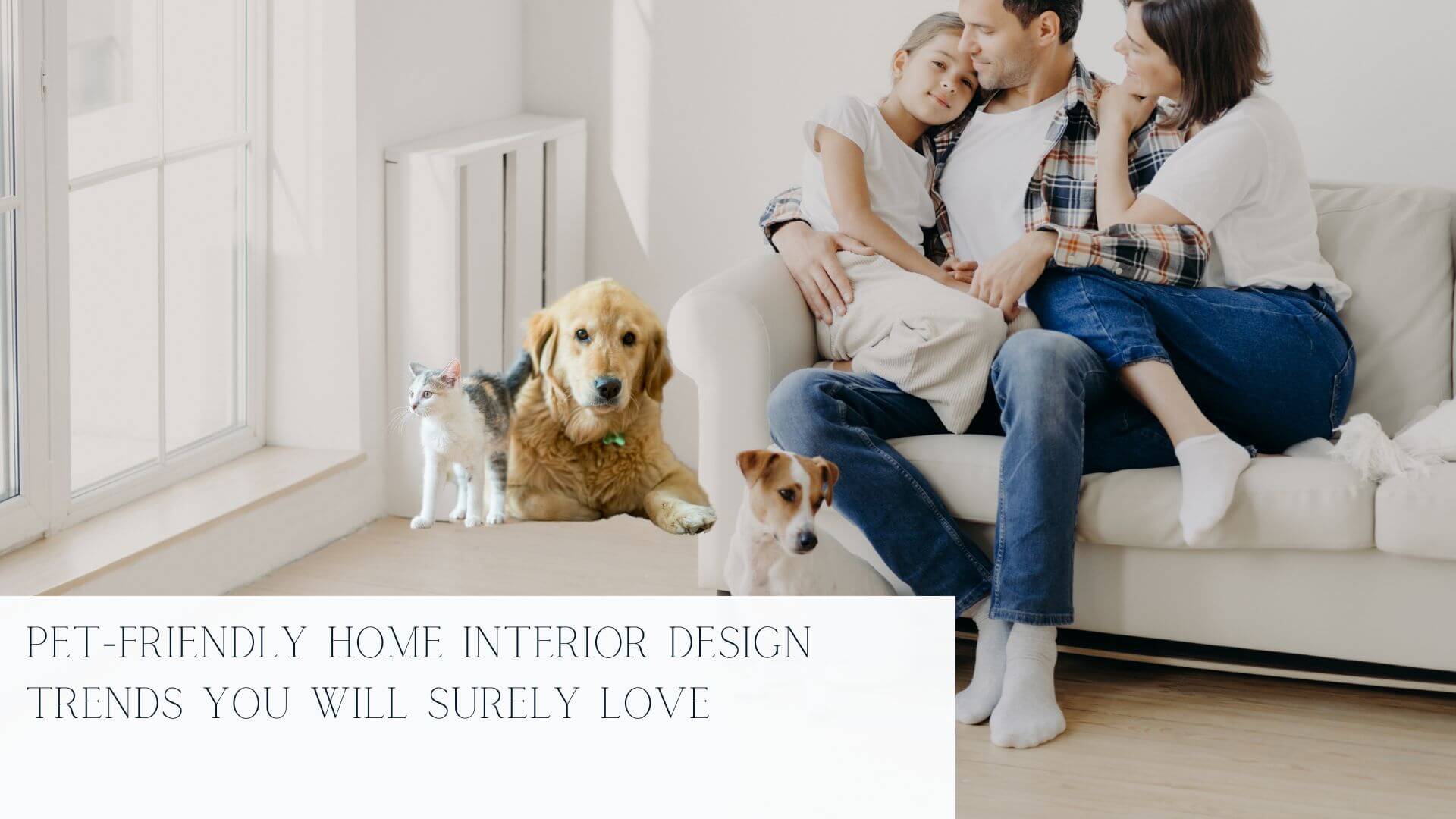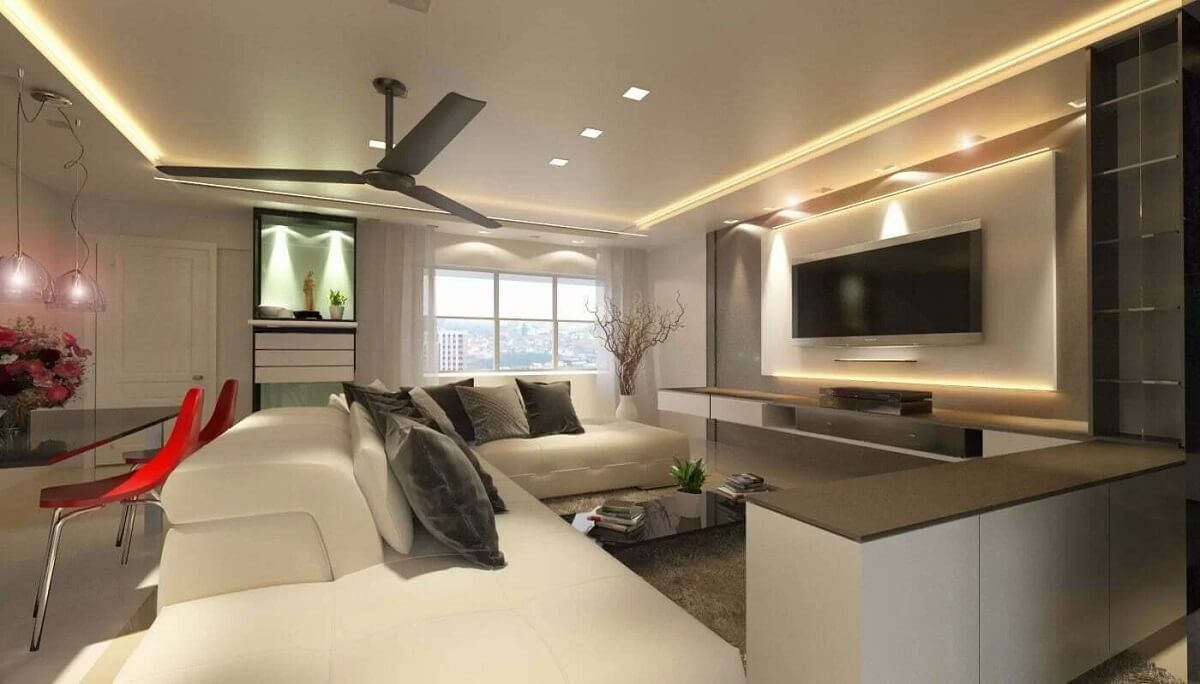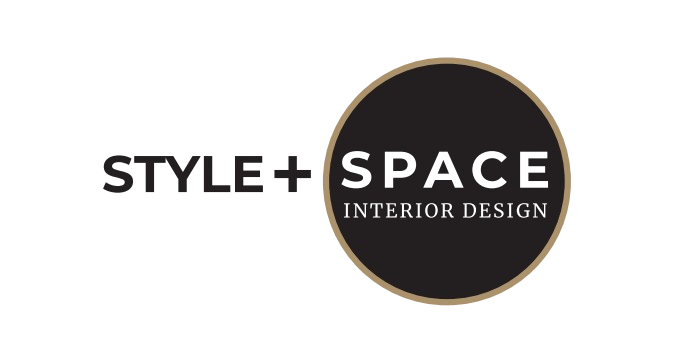Your cart is currently empty!
Pet-Friendly Home Interior Design Trends You Will Surely Love
Published
Categories


As our island nation grapples with a historically low fertility rate of 1,25, more Singaporeans are turning to pets to fill their homes with love, laughter, and, yes, a little bit of chaos. This surge in pet ownership revolutionises how we approach home design. Gone are the days when pet-friendly homes meant simply throwing a dog bed in the corner or setting up a cat tree by the window.
This guide will provide you with valuable insights and inspiration, celebrating the joy of pet ownership and maintaining the elegance and functionality of your home.
Understanding Your Pet’s Needs
Before we talk about pet-friendly interior design, let’s take one step back and consider your furry, feathered or finned friend’s needs. After all, a home that works for a playful Labrador might not be ideal for a senior Persian cat or a pair of budgerigars.
Different Requirements for Various Pets
Dogs
- Need space for movement and play
- Require easy access to outdoor areas for walks
- Benefit from durable and easy-to-clean surfaces
- May need a designated area for crates or beds
Cats
- Appreciate vertical spaces for climbing and perching
- Need hiding spots and cosy nooks
- Require scratch-friendly surfaces to protect furniture
- Benefit from window access for bird-watching
Birds
- Need spacious and well-ventilated areas for cages or aviaries
- Appreciate natural light but need protection from direct sun
- Benefit from easy-to-clean surfaces around their living area
Fish
- Require sturdy support for aquariums
- Need space for filtration systems and maintenance equipment
- Benefit from integration into the home’s design for aesthetic appeal
Considering Pet Size, Age, and Activity Level
Size Matters
Larger dogs need more floor space and sturdier furniture, while smaller pets might benefit from specially designed nooks and passageways.
Age Considerations
Puppies and kittens require more durable and chew-resistant materials. On the other hand, senior pets may need non-slip surfaces and easier access to their favourite spots
Activity Level
High-energy pets benefit from open floor plans and dedicated play areas. And for less active pets that you may have, they might prefer quiet cosy spaces away from household traffic.
Balancing Pet Needs with Human Comfort and Style

Dual-Purpose Design
Look for furniture that serves both human and pet needs. To choose, consider beds, scratching posts, or aquariums that are aesthetically pleasing and complement your decor.
Zoning Your Space
Create designated pet areas that do not interfere with human activities. If possible, use clever design elements to separate these spaces for your pets without isolating them.
Material Choices
Look for pet-friendly materials that are appealing to the eyes. They should not only serve its function, but they should also capture the attention of visitors and serve as a focal point.
Storage Solutions
Why don’t you also go stylish for the storage of pet supplies so you can keep your space organised? Look for furniture pieces that are multi-functional and can hide pet items when they are not in use.
Flooring Solutions
The ideal flooring should be durable enough to withstand paws and claws, easy to clean, and still pleasing to the eyes. Let’s explore some of the best flooring options for pet owners like you.
Scratch-Resistant Options
You have three options here for a scratch-resistant surface.
- Luxury Vinyl Tiles are highly durable and water-resistant. This is why they make an excellent choice for pet owners. Not only do they offer superior scratch resistance, but they also mimic the look of wood or stone.
- Porcelain or Ceramic Tiles, popular as they are due to their cooling properties, you can trust these to be scratch-resistant and easy to clean. So if you want better traction for your pets, choose textured varieties.
- Laminate Flooring is another cost-effective option that resists scratches and is easy to maintain. There are water-resistant varieties of this, so if you are looking for protection against accidents, this is your material to-go.
Easy-to-Clean Surfaces
There are three choices here for the top surfaces that are easy to clean.
- Polished Concrete is less common in HDBs, but is an excellent option for landed properties due to its extreme durability, ease of maintenance, and ability to be sealed for added protection.
- Epoxy Flooring is also turning some eyes due to its seamlessness. Meaning, you can clean epoxy floors easily as they are also resistant to stains and odours.
- Cork is soft underfoot and easy to maintain. It’s natural, eco-friendly, and anti-microbial. And did you know it’s excellent for sound insulation because of its natural cellular structure? This may benefit you if you live in an apartment.
Avoiding Potential Hazards
Here are some considerations to take into account to avoid potential hazards, concerning slipping, temperature, and material toxicity.
Slip-Resistant Surfaces
If you prioritize safety over anything, choose flooring with some texture to prevent slips, especially if you have older pets or have areas at home that are prone to water splashes.
However, if you opt for smooth surfaces like marble, consider anti-slip treatments or mats in areas with high foot traffic.
Temperature Considerations
Since Singapore has a hot climate, you may want to avoid dark-coloured floors as they can absorb heat and can be uncomfortable for pets.
If you are using tiles, installing pet-friendly radiant floor cooling systems is a great idea for added comfort.
Avoid Toxic Materials
Be sure that the sealants and treatments you use on floors are pet-safe. Also be cautious with certain types of wood floors that might have been treated with chemicals harmful to pets.
Pet-Specific Spaces and Features
Here we share some innovative ways to incorporate pet-specific spaces and features that cater to the needs of your furry friends but still complementing your interior design.
Cat Walkways and Climbing Structures
Wall-mounted shelves or catwalks are a nice addition if you want to create vertical spaces for cats to climb and explore. Cat trees and climbing poles complement your existing furniture and create a seamless look.
Built-in Dog Beds and Nooks
You can use under-stair spaces and awkward corners to create cosy nooks for your dogs. If not, design built-in beds matching your cabinetry. That’d give a polished look!
And for HDB flats, why not convert low bay windows into comfortable pet lounging areas?
Aquarium Integration into Home Design
For fish lovers, built-in fish tanks are a welcome addition to your walls or cabinetry to save space and they are also serve as a striking visual feature. Integrate them smoothly and you won’t have any problem that it takes up additional floor area.
However, if you have a tight space at home, consider having a compact aquarium built into a kitchen counter or living room divider.
Pet Washing Stations
It’s beneficial that you have a dedicated pet bathing area to keep the main bathroom clean and pet-hair free. You also provide a safer and more comfortable bathing experience for your pets.
If you have landed property or live in a larger home, you may put the dedicated pet shower in the yard or laundry area. However, if you reside in an HDB flat or condominium, you can incorporate a compact washing station into the service yard or balcony.
Don’t forget to include storage for pet shampoos, towels, and grooming tools.
Feeding Stations & Storage Solutions
Some ideas for the feeding station and storage areas are as follows. You can apply any of these, according to what you discuss with your interior designer.
- Design pull-out drawers with built-in feeding bowls for a clean look when not in use.
- Create a dedicated feeding nook in the kitchen with easy-to-clean surfaces.
- Of course, if you have multiple pets, put individual feeding stations for each of your pets to avoid food disputes.
- For pet supplies, utilise vertical space with wall-mounted organisers for leashes, toys, and grooming tools.
- The pet food storage can be incorporated into your kitchen design, but be sure to have airtight containers.
- Design multifunctional furniture like an entryway bench. They provide a good hidden storage for pet items.
- Creatively, you can convert a kitchen cabinet into a hidden litter box area with a cat flap.
- If you live in a small apartment, consider a litter box that doubles as a sleek piece of furniture.
Questions to Ask Your Designer About Pet Accommodations
The following are the right questions to ask your interior designer to have an informed discussion of what you want to achieve in your space.
- Have you worked on pet-friendly homes in Singapore before? Can you share examples?
- Are you familiar with the specific needs of my type of pet?
- What flooring options do you recommend for homes with pets?
- How can we incorporate pet features without compromising the overall aesthetic?
- How can we maximise our limited space to accommodate both my style preferences and my pets’ needs?
- What are some creative storage solutions for pet supplies in a small HDB flat?
- How can we design a safe outdoor space for my pet on our condo balcony?
- What ventilation solutions do you suggest for managing pet odours in our home?
- How can we design the space to adapt as our pet ages or if we add more pets to our family?
Customise these questions according to the type of residence you have or tweak wherever needed. These only serve as your guide questions.
Conclusion
It is not enough that you provide for your pets’ food and safety. It also takes investing for a pet-friendly home to show your love to them. You then improve both your quality of life and that of your beloved pets.
Our team at Style + Space Interior Design is always ready to bring your vision to life, carefully considering the welfare of your precious companions. Talk to us today!
